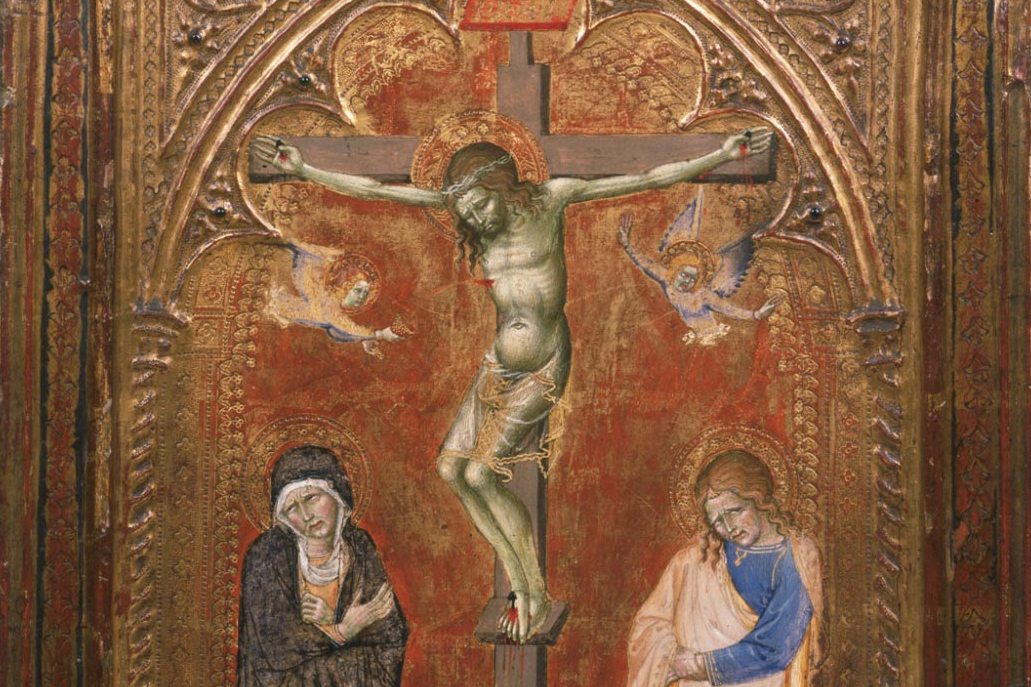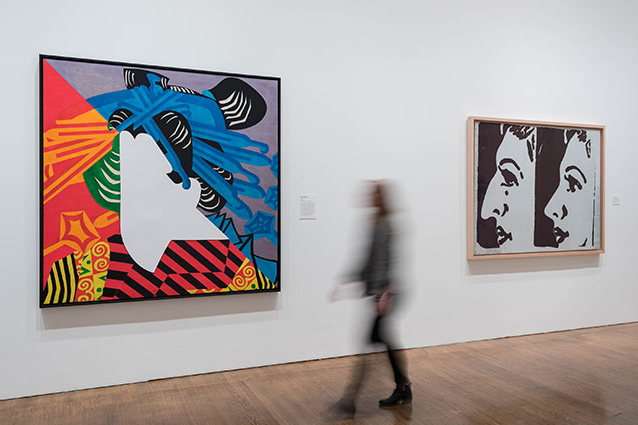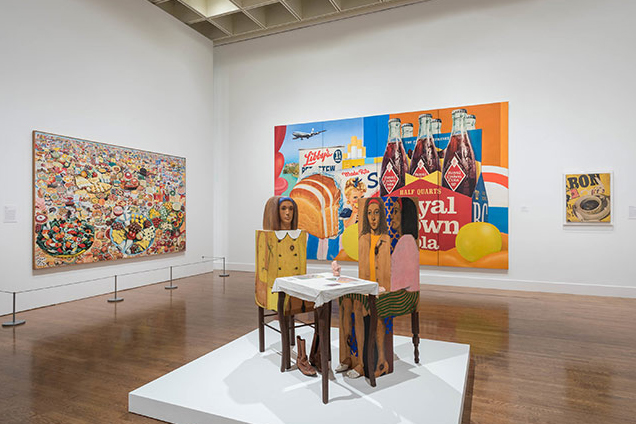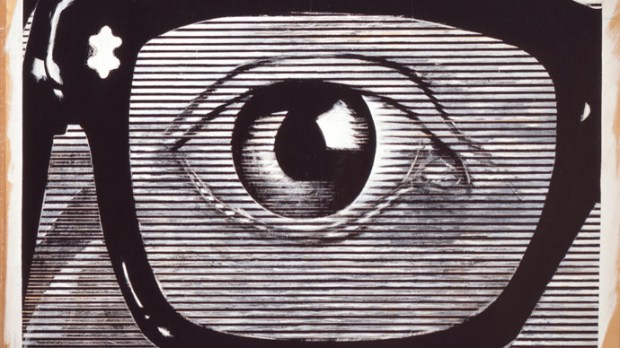What if you looked for Christ and you could not find him? Not counting looking in a church, in which building might you be most likely to find Christ? Recently, I went looking for Christ — in the Philadelphia Museum of Art.
The Philadelphia Museum of Art is one of the great American art museums. I had only an afternoon to spend there, so I decided to focus my search for Christ in three areas: Medieval Art of the West; Classical Art of Asia; and a visiting collection, “International Pop.” I thought of the first collection as “Christ Remembered”; the second as “Christ Unknown”; and the third as “Christ Forgotten.” They can shed light on our need to keep Christ front and center in our lives.

I felt most at home among the Medieval Western art. That culture was marked by the recognition of the centrality of Christ. There was no feature of life that did not have place within the comprehensive embrace of Christ and his Church. That culture had a confidence about itself, about the purpose of human life and the goodness of God, because the light of Christ had illuminated all these. The faithful were reminded of the depths from which man was saved by God and the heights to which he was called by Go, with a matchless sense of wonder and gratitude. The Medieval Christian had such a clarity about his origin, dignity and destiny because his culture remembered Christ and lived in his abiding presence.
My fascination with Asian culture was confirmed years ago while on mission in Southeast Asia. My time in that part of the museum reminded me of my time in Asia itself, when I certainly found myself to be “a stranger in a strange land.” The art in that collection was as beautiful as it was various. Some of the works there were majestic, others mysterious, some monstrous. All expressed a reverence for the excellence of craft and displayed a desire for wisdom. Regardless of the artist, the medium or national origin, every piece had one feature in common — they were executed in absence of an explicit knowledge of Christ. Wistfully, I wondered: What great works might these artists have produced if they had known and loved Christ? How might their sense of beauty have blossomed if their thirst for wisdom had met Christ?

The works of the International Pop exhibit date from 1956-1972, and were predominantly from the United States and Britain, with others from Europe and elsewhere. The New York Times described the collection as “brash, manic and acid-tinged.” Sounds exciting, doesn’t it?
I found the exhibition to be a collection of kitsch — variously clever, crass or vulgar, proclaiming as “creative” what was at best (in my opinion), merely novel. “Who would have thought to spray paint the interior of a refrigerator?” I wondered. “Not me!” I said. Perhaps this means that I am not an artist?
Here my friends raised on the Classics would remind me, “De gustibus, non disputandem est.” (“There’s no point in arguing about matters of taste.”) My objection was not, “I don’t like this!” I found myself expressing not so much an objection but a regret. Nations that had produced these once had cultures wherein Christ was known and loved. These told a magnificent truth, via the arts, of the great love story between God and man revealed in Christ. The cultures that produced these contemporary works and called them “art,” apparently, have forgotten Christ. That amazing intersection of creation, God and man were not even hinted at in the works of the Pop Exhibition. Instead, these seemed to me to be not much more than clever or desperate attempts to escape boredom.

What might we learn from all this? “Christ unknown; Christ remembered; Christ forgotten.” The three exhibitions illustrate the difference that the presence or absence of Christ makes in a culture. Where Christ is unknown, great potential is left unfulfilled. Where Christ is remembered — not merely remembered but truly known and loved — beauty can point to the glory of God and the nobility of Man. Where Christ is forgotten, we find a cautionary tale: Christian heritage, which expresses our human fulfillment, our capacity for the divine, the God-given magnificence of human flesh and human spirit — these treasures can be forgotten.
Let’s spend some time in prayer today reflecting on culture. Are we making a world in which Christ is proclaimed and loved? Are we thoughtlessly immersed in a world where Christ is an ever-fading memory? If you wish to see a contemporary paint/sculptor who loves Christ, and creates (and writes) accordingly, I commend to you my friend Cornelius Sullivan.
When I write next, I will speak of the gift of awakening. Until then, let’s keep each other in prayer.
Father Robert McTeigue, SJ, is a member of the Maryland Province of the Society of Jesus. A professor of philosophy and theology, he has long experience in spiritual direction, retreat ministry and religious formation. He teaches philosophy at Ave Maria University in Ave Maria, FL, and is known for his classes in both rhetoric and medical ethics.

